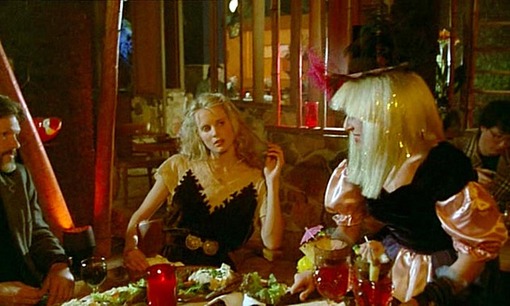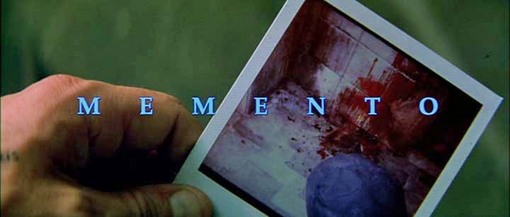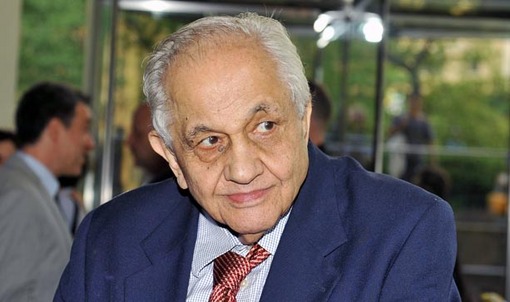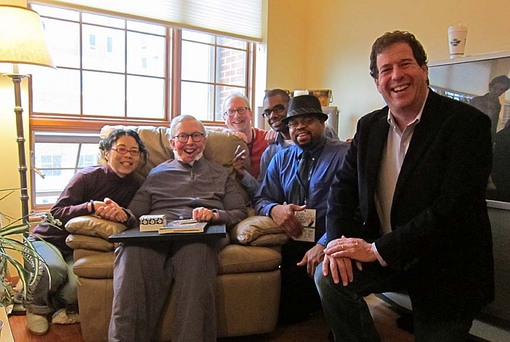View image Forget it, Jim. It’s Whatpassesfor- logicandreasonintheworld-town.
“Something is happening here but you don’t know what it is, do you Mr. Jones?”
— Robert Zimmerman, 1965
I do not believe that the greatest evil is done by people who necessarily think of themselves as evil. Because evil doesn’t often recognize itself. In “Chinatown,” Noah Cross says: “Most people never have to face the fact that, at the right time and the right place, they’re capable of anything.” Implicit in this statement is his refusal to accept responsibility for what he has done. As he says, “I don’t blame myself.” There’s great truth in Cross’s words, and also in a corollary I’ll propose, which goes like this: “Most people refuse to face the fact that, at the right time and the right place, they can rationalize anything.” (See this post for more on that score.)
I think the most inherently “evil” person I’ve ever known, the one who did the most careless damage to people around him, was not a mere malevolent creep but someone who was pathologically clueless and could not conceive of anything or anyone beyond himself. He was a parasite, sucking the life blood out of those closest to him. His hosts — er, “friends” — eventually came to see that he considered them (if he considered them at all) insignificant — unintended consequences of himself — while people who knew him only casually (which was the best, and perhaps only, way to “know” him) thought he was just a really nice guy. He needed symbiotic relationships to feed his sense of self, and any harm to others as a result of his appetite was nothing more than acceptable collateral damage. If he was aware of it at all.
I see these patterns not only in everyday life, but in the behavior of governments, bureaucracies, businesses, public officials, and tyrants of all stripes. And I think it all comes down to that common quality of cluelessness — either obliviousness to the consequences of one’s words and actions or reckless disregard for them. Woody Allen (who, by the way, made a great movie about cluelessness, “Another Woman”) divided the world into the “horrible and the miserable.” For the sake of this essay, I would like to propose that we divide rampant worldwide insanity into Two Kinds of Cluelessness: 1) Literalism: Those who are certain they know something, but don’t know that they don’t understand it; and 2) Über-Solipsism Narcissism: Those who are certain they understand something, but but don’t know — and don’t care — that they don’t, because everything is only about them anyway.
I will always remember reading “Catch-22” at the tender age of 15, because I was already aware of this kind of insanity in people around me (family, friends, schoolmates, teachers, President Nixon and Vice President Agnew, the Watergate crew, and even — in my craziest moments — myself), but I’d never seen anybody else recognize it — and play with it — so hilariously. It was a huge catharsis for me, an acknowledgment of my pent-up frustrations, and I laughed until I cried and cried until I started laughing again.
Let me give you a pair of examples from the “Cinema Interruptus” I did with “Chinatown” in April at the Conference on World Affairs in Boulder, CO. First, let me say it was a fantastic experience for me, and that the participants in the audience were inquisitive and incisive and generally brilliant, as always.
And then there were these other two…
December 14, 2012











